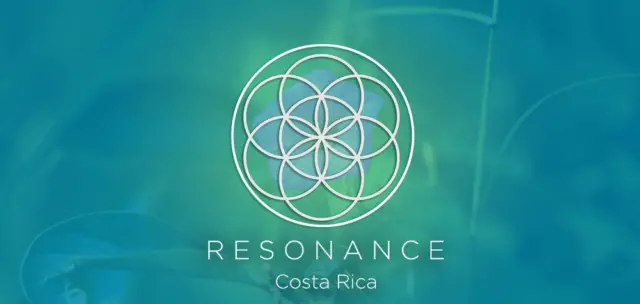Specialists from the Costa Rican National System of Conservation Areas (SINAC) today urged the public to protect coyotes that enter urban areas for reasons such as land use changes for new developments.
This presence is normal and also responds to deforestation and the loss of this animal’s usual prey, which determines its adaptation and more frequent movements to urban areas.
The statement, issued “in response to various social media posts by the public,” underscores the call “to respect coyotes in these territories and not harm them if sighted.”
Highly opportunistic animals
They are highly opportunistic animals, explaining SINAC, that take advantage of many and diverse food sources, including species such as rabbits, squirrels, mice, and birds. They can also disperse plant seeds that aid in forest regeneration.
“When the coyote (Canis latran), the largest species of the Canidae family, appears in residential areas, it is because they are close to natural areas and are attracted to food in yards or areas surrounding homes,” the organization’s statement states.
A very important role in ecosystems
For her part, Angie Sánchez, coordinator of the SINAC Wildlife Program, commented that “these animals play a very important role in ecosystems undergoing recovery, replacing species such as pumas and jaguars, which are absent due to ecosystem degradation.”
According to the MINEA agency, coyotes are not dangerous to people, nor do they pose a threat to livestock, but rather, “they tend to move away or maintain a natural distance from people, so we should not feed them or approach them.”

